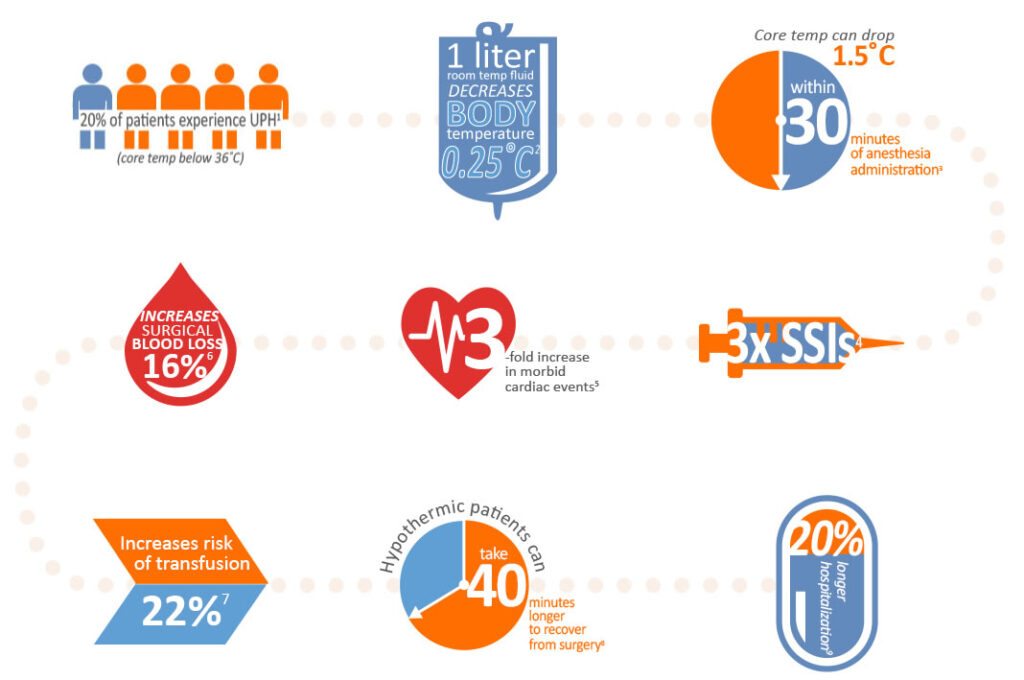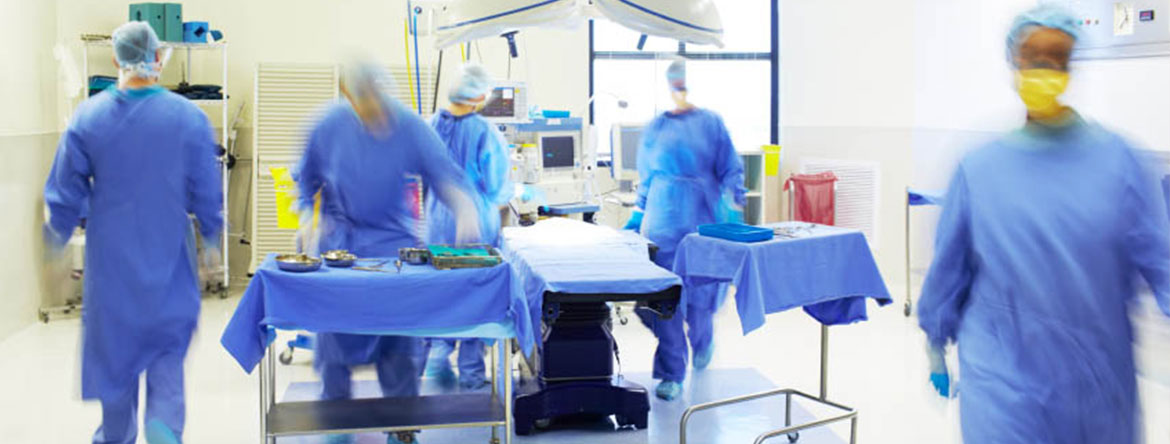Improve patient satisfaction and maintain normothermia with patient warming
Patient warming is not just about providing comfort. By maintaining normothermia throughout a medical procedure and hospital or clinical stay, medical professionals can enhance clinical outcomes, comply with regulatory agencies, and improve patient satisfaction.


Enhance Clinical Outcomes
Patient warming can lead to better clinical results. Studies show that perioperative hypothermia during surgery can lead to complications, including lengthened hospital stays, surgical site infections, morbidity, and mortality. Prevention of these serious complications can be found by maintaining normothermia by pre-warming patients before surgery and continuing warming methods during the procedure.
Comply With Regulatory Agencies
Healthcare clinics, hospitals, and surgery centers use patient warming practices to improve clinical outcomes and patient comfort. But maintaining normothermia for patients is essential when complying with regulatory agencies’ rules and recommendations.
The Joint Commission’s Surgical Improvement Project in October 2009 developed the following guideline for temperature management: “Surgical patients should be actively warmed during surgery or have at least one recorded body temperature equal to or greater than 96.8°F within 30 minutes prior to the end of anesthesia to 15 minutes after anesthesia ends.”
While hospitals and clinics have adopted The Joint Commission’s patient warming regulations, overall patient satisfaction, surgical site infections, and healthcare-acquired infections continue to impact government reimbursements. Because of these rules and regulations, patient warming is not just necessary from a point of care or patient satisfaction perspective but also for a financial considerations.


Improve Patient Satisfaction
Medical professionals pursue their career out of a desire to make a difference in their patients’ lives. Improved patient satisfaction can be obtained through patient warming as patients experience additional comfort and less anxiety before surgery. Complications like shivering from hypothermia can increase pain. Hypothermia also can delay a patient’s awakening after surgery.

